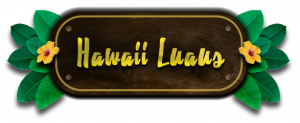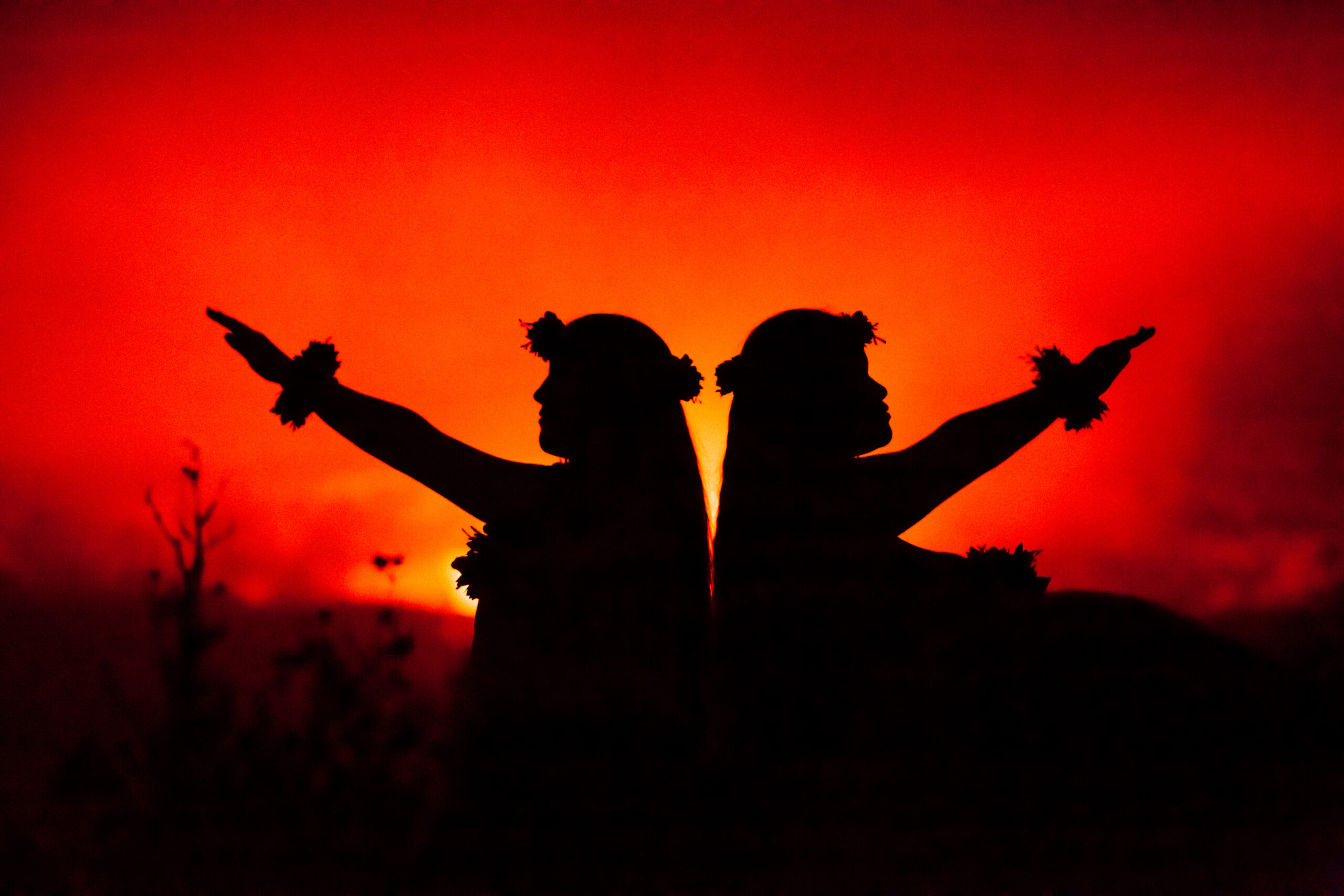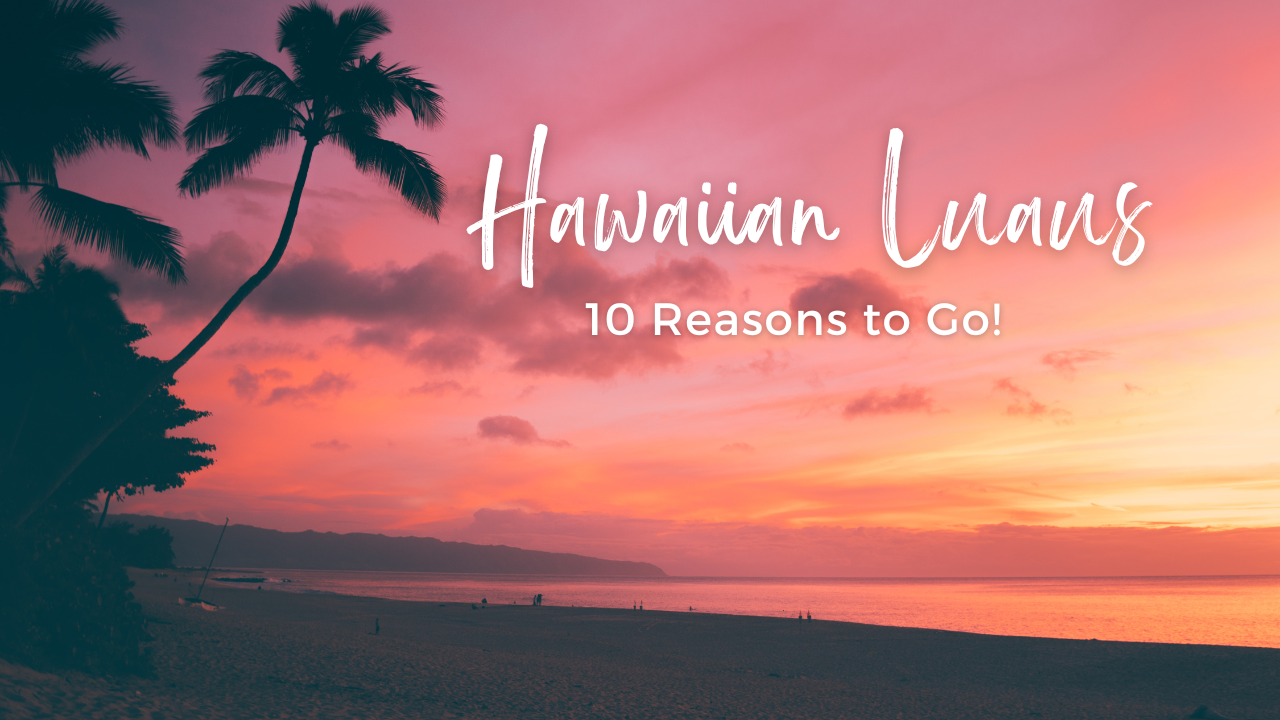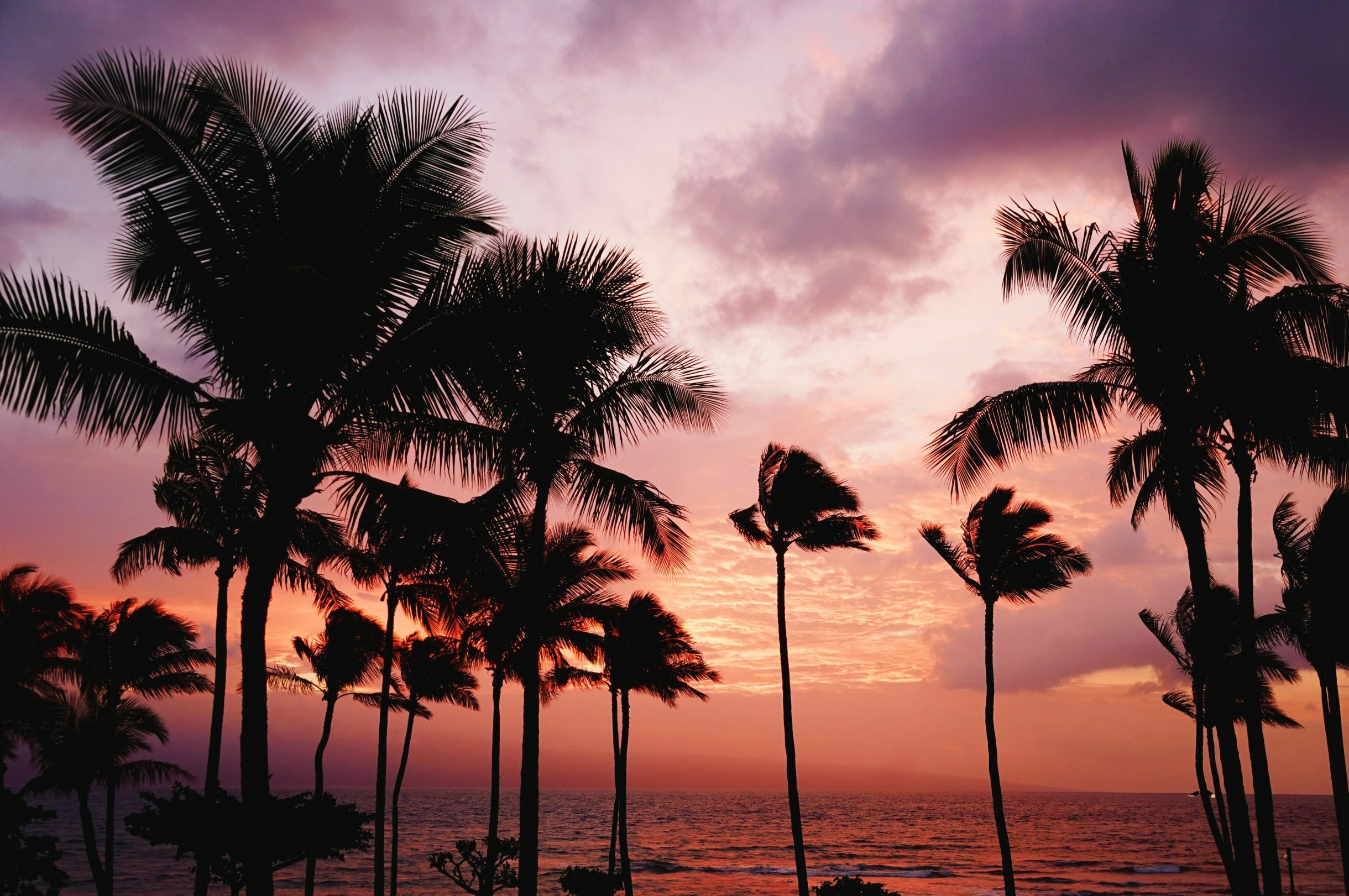Hawaiian Hula: Yesterday and Today
by Dorine C., March 20, 2020
In Hawaiian culture, the hula dancer is a storyteller. And, as is the case in many world cultures, the storyteller is revered. Hula is not just a dance; it’s both an art form and a form of communication. Hula tells a story through the interaction between movement, music, and the dancer’s expressions. A hula dancer tells the story of the past, present, and future of the Hawaiian people.
This is the story of Hawaiian hula’s past and present.
The Origin of Hula
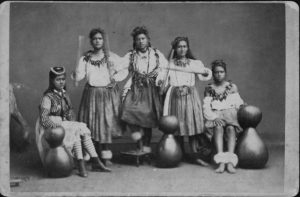
Where did the hula come from?
That depends on which legends you believe. Some myths state that in ancient times, perhaps during the time of the gods, hula was only performed by men. Of course, there’s no way to prove this. Likewise, there’s also evidence that women were involved in the dancing of hula from the beginning.
Another legend tells of an ancient Hawaiian goddess of hula named Laka, who also reigns over plants, flowers, and forests. Some stories say she created hula on the island of Molokai. Meanwhile, other versions state that Laka was created by the sister of Pele, the volcano goddess, as a way to keep Pele entertained and calm with her rhythmic dancing. While other legends place Laka as a niece of the goddess Pele, making her part of Pele’s family.
Hula in Hawaiian History
The history of hula is also complex. Christian missionaries, who came to Hawaii in the early 1800s, disapproved of hula. They thought it was too erotic and frivolous, but they had no authority to forbid Hawaiians to dance. Instead, they went to work converting the Hawaiian people, including members of the royal family. The missionaries began to use their growing influence to apply political pressure on Hawaiian leaders. During this same period, over 80% of the Hawaiian population died due to diseases introduced by Westerners.
Eventually, Hawaiian monarchs began to convert to Christianity and publicly renounce traditional practices. Queen Ka’ahumanu was the first to ban hula in 1830, but most Hawaiians disregarded her at the time. Hawaiians continued to dance their beloved hula without serious repercussions, but as time went on more and more restrictions were enacted.
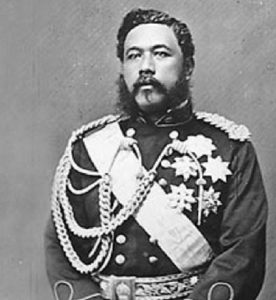
The First Hawaiian Renaissance
In 1874, King Kalakaua decided to bring hula back into the public sphere. He made sure hula was included in all royal celebrations. The Merrie Monarch Festival, a modern annual hula competition, was named in his honor. This period is known historically as the First Hawaiian Renaissance.
The revival of Hawaiian culture would end in 1887 when a group of sugar barons forced King Kalakaua to sign a new constitution at gunpoint. The document would strip the monarchy of most of its power and later efforts to overturn it would fail.
The Overthrow of the Hawaiian Monarchy
Then, in 1893 an illegal coup organized by Western businessmen overthrew the Hawaiian monarchy. Despite the protests of the Hawaiian people and early efforts by some in Congress to restore the monarchy, it was eventually annexed by the US via a Congressional vote. Hawaii was too resource-rich and strategically located for the majority of Congress to turn down, regardless of how it was acquired. Hawaii later became a state in 1959.
During this time, the land was confiscated and militarized. Traditional spiritual and cultural practices were suppressed, including hula. The use of the Hawaiian language was forbidden in schools and government settings, which dealt another huge blow to the tradition of hula.
The Second Hawaiian Renaissance
The civil rights movements of the 1960s sparked a wave of activism and a resurgence in traditional Hawaiian practices throughout the 1960s and 1970s. In 1978 the Office of Hawaiian Affairs was created to right historical injustices placed on the Hawaiian People. This period is known as the Second Hawaiian Renaissance. During this time there was renewed interest in hula and the Hawaiian language which lives on still today.
Hula Yesterday and Today…and Tomorrow
Although hula may have changed dramatically over the past 200 years, that has also allowed it to spread far beyond the Hawaiian islands. Hula’s beauty cannot be contained, and to keep hula alive, it must be shared. Hula is timeless as well as borderless. In short, hula will always be part of the fabric that makes Hawaii, Hawaii. Hula is not only a huge part of Hawaii’s past and present but also an important link to its future.
The Importance of the Halau in Hula
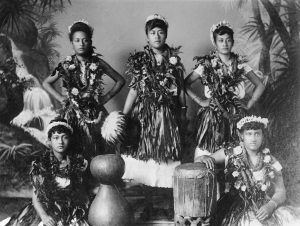
The ancient definition of halau is a meeting place for the instruction of hula. In Hawaiian culture, before European contact, hula students lived within the halau to prepare for celebrations and ceremonies. These students understood that their main purpose was to serve the chiefs and gods; therefore, they would spend much of their time in the halau undergoing demanding training in the art of hula.
Today a haluau would more likely resemble a club for teaching and learning the art of hula. A halau can be a hula studio, but not every hula studio is a halau. A hula studio is a business where dance instruction is conducted in exchange for payment. A true halau, however, is about the communication of information from a kumu hula (hula master) to a student. A financial transaction doesn’t need to occur.
Famous Kumu Hula
Every halau is headed by a kumu hula, or master hula teacher, who has had formal training in a specific hula tradition. Often, the art of hula is passed down from one generation of a family to the next. Therefore each kumu hula serves as a living textbook of hula for his or her hālau. These masters hold all the knowledge necessary to tell stories through hula. In Hawaiian culture, kumu hula are respected and honored. Very often, kumu hula spend their lives teaching hula and spreading their knowledge to countless students.
The following are famous Kumu hula and their opinions on the world of hula yesterday and today.
Nalani Kanaka‘ole
Kumu Hula Nalani Kanaka‘ole learned the art of hula as it was passed down through her family. Her grandmother was Mary Kekuewa Kanaele Fujii, a kumu hula who trained in an ancient style of hula called ‘aiha‘a. Nalani Kanaka’ole’s mother, Edith Kanaka’ole, was also a kumu hula and chanter. Nalani Kanaka’ole still teaches hula at Halau o Kekuhi. For Nalani Kanaka’ole, hula embodies the natural world and ancient mysticism of the Hawaiian islands. She has seen hula evolve as the face of the islands has changed, blending the old with the new.
Puanani Alama
At 89 years old, Puanani Alama has been teaching hula for over 70 years and continues to teach the art to this day. Kumu Hula Puanani Alama is the last surviving Merrie Monarch judge from the original festival held in 1963. Puanani Alama has been quoted as saying, “Any nationality, as long as you dance the hula, you are part Hawaiian…It’s anyone who loves it.”
Minerva K. Malakaua Pang
Kumu Hula Minerva K. Malakaua Pang began dancing hula as a toddler. As she grew older, she would have to sneak around to dance, because her grandfather wanted her to concentrate on books and school. Minerva K. Malakaua Pang has mixed feelings about hula as a dance competition. Although she has judged the Merrie Monarch in the past, she feels strongly that hula should remain more an expression of art rather than a structured dance for the competition to win. Her opinion is not uncommon in the traditional hula community.
The Two Main Types of Hawaiian Hula
Hula Kahiko
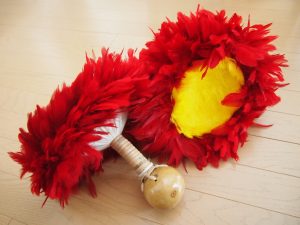
The “ancient style” of hula is called hula kahiko. This is the style that was performed in the days of the Hawaiian monarchs. It is accompanied by chants called mele. The instruments used are the ipu, a gourd drum; uliuli, gourd rattles decorated with feathers; and puili, split bamboo sticks.
Hula Auana
In the early and mid-1900s, foreign influence began to enter Hawaiian music and affect hula dancing. Tourism, especially, changed hula to cater to the tastes of visitors to the islands. Today, hula auana blends traditional elements with newer styles. This includes the ukulele the upright bass, and other non-indigenous instruments.
Annual Hawaiian Hula Festivals and Shows
Although hula can be enjoyed at commercial luaus, a more traditional form of hula is often found at festivals and smaller shows. Here are a few venues where hula is shared with the public.
Merrie Monarch Festival (April)
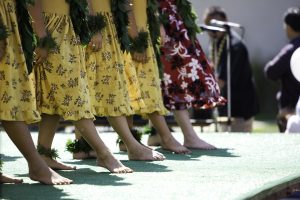
Each spring, a week-long festival takes place in Hilo, on the Big Island of Hawaii. Hula dancers representing halau from all over the United States—and beyond—gather for the annual dance competition.
The Merrie Monarch Festival started as an effort to draw tourists to Hawaii during the slow spring months. To differentiate itself from other tourist events, the Merrie Monarch Festival defined itself as an homage to authentic Hawaiian culture, both ancient and modern.
To this day, audiences from around the world travel to the Big Island to watch the festival. Because of its massive popularity, tickets to the Merrie Monarch Festival can be difficult to obtain.
Prince Lot Hula Festival (July)
Not a competition, the Prince Lot Hula Festival is the largest hula festival of its kind in Hawaii. Held at Iolani Palace in Honolulu on the third weekend in July, the festival demonstrates the beauty of more than 20 halaus from all across the Hawaiian islands. The festival lasts two days and is named after Prince Lot Kapuaiwa, also known as King Kamehameha V.
Pan-Pacific Hula Festival (July)
In July, the Pan-Pacific Hula Festival is held in Honolulu. At this festival, halaus from Japan have the opportunity to perform onstage in Hawaii. The Pan-Pacific Hula Festival demonstrates how enthusiastic millions of people in other countries are to learn and participate in hula.
Ku Mai Ka Hula (September)
Held each September in Kahului on the island of Maui, the Ku Mai Ka Hula is an adult hula competition (there is a separate event in the springtime for young dancers). The Ku Mai Ka Hula allows entries from halau in Japan and the US mainland as well as those based in Hawaii.
Youth Hula Competitions (March & July)
Every March, the Hula O Na Keiki is held on Maui. This competition is for young hula dancers ages 5 to 17. The Hula O Na Keiki is a weeklong event that brings a lighthearted and youthful experience to the hula competition. In July, the Queen Liliuokalani Keiki Hula Competition is held in Honolulu to celebrate young hula dancers performing both modern and traditional hula.

Best Luaus to Watch Hawaiian Hula
These are the best luaus to see hula on Oahu, which would be considered closest to traditional styles of hula:
